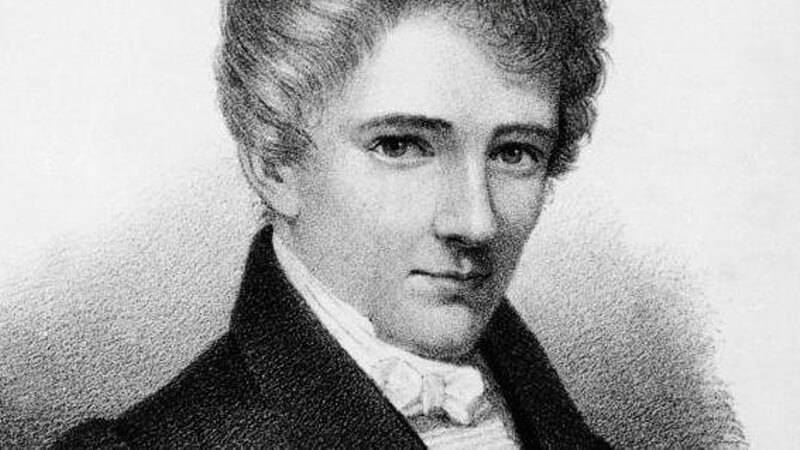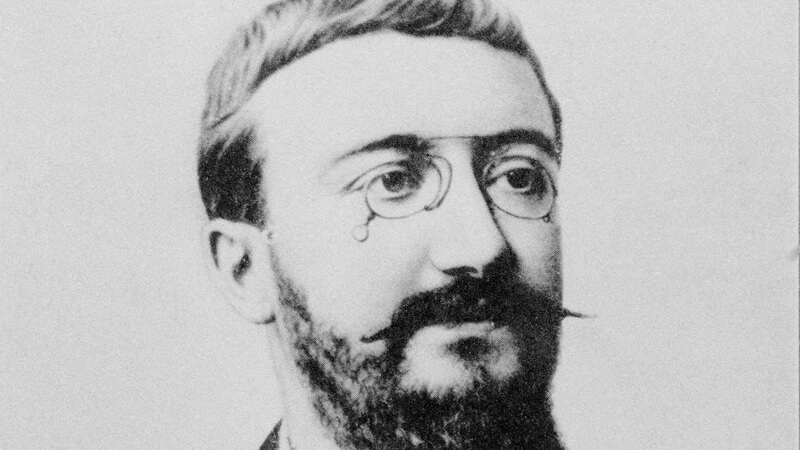Biography of Niels Henrik Abel: – Norwegian mathematician. Son of a Protestant pastor, he grew up in a family environment of great tension, because of the alcoholic tendencies of his parents.
Sent with his brother to a school in the capital, his early mathematics skills were highly appreciated by one of his professors, Holmboe, who, after his father’s death, financed his early years in college.
Biography of Niels Henrik Abel
- Born:- 5 August 1802, Nedstrand, Norway
- Died:- 6 April 1829, Froland, Norway
- Education:- University of Oslo
- Siblings:- Thomas Hammond Abel, Peder Mandrup Tuxen Abel, Hans Mathias Abel, Elisabeth Magdalene Abel
- Books:- Abel on Analysis: Papers of N.H. Abel on Abelian and Elliptic Functions and the Theory of Series
- Parents:- Søren Georg Abel, Anne Marie Simonsen
The publication of his first works earned him considerable prestige, but, ruined and suffering from tuberculosis, he could scarcely consolidate his promising academic career; Died at the age of twenty-seven.
See Also: Biography of Alfred Binet
His contributions focus on the study of fifth-degree algebraic equations, which he proved to be unsolvable by the radical method, and on that of elliptic functions,
The nineteenth century was, in many respects, the richest period in the history of mathematics. A number of geniuses developed new branches, completed previous theories, and opened new avenues by questioning axioms hitherto sacred.
One of these geniuses was the Norwegian Niels Henrik Abel. Born in a humble home in southern Norway, on the island of Finnöy, when he was 18, his father died and he had to take care of the family.
From a young age he was reading the works of Isaac Newton and Leonhard Euler, and discovered several flaws in his demonstrations. His interest in mathematics became solid with BM Holmboe, one of his professors, who later published the complete works of Abel.
At that time several mathematicians had unsuccessfully tried to solve the fifth-degree equation (of type Ax 5 + Bx 4 + Cx 3 + Dx 2 + Ex + F = 0).
Abel thought he had succeeded, but he soon found a fault in the solution. Instead it proved that it is impossible to solve an equation of the fifth degree or higher by algebraic (ie with a finite series of sums, subtractions, multiplications, divisions and roots). The demonstration of Abel, who at the time 19 was finishing his university studies in Oslo, was the basis for the future development of algebra
On the proposal of Holmboe, C. Hansteen and other professors, Abel received by royal decree a travel scholarship. Between 1825 and 1827 he met the most eminent mathematicians in Germany and France, and at the same time wrote most of his works, which were published in the German mathematical journal Crelles Journal.
Abel developed in those years the basic theories of the so-called elliptic functions and discovered a new class of equations that in their honor are called abelianas equations.
Among the mathematicians of his time, Professor Degen of Copenhagen and Advisor Crelle of Berlin were those who immediately understood the greatness of Abel.
Crelle made sure that Abel had a place of professor in Berlin, but the pulmonary tuberculosis finished his life before being able to exercise that position;
Given his short life, the mind of Niels Henrik Abel was extremely prolific, and his contributions to mathematics are numerous.
He showed that general algebraic equations cannot be solved algebraically when they are higher than the fourth degree; Studied algebraic, elliptic, transcendent functions of higher order and definite integrals; established the double periodicity of the elliptic functions and discovered its theorem of addition.
Finally, he discovered a new class of equations, the so-called abelian equations. Crelle wrote in his diary in a magazine: ”
He attacked his goals with such a powerful energy and from such a high point, and he rose so high above the level of his age that difficulties disappeared before his victorious energy”.




